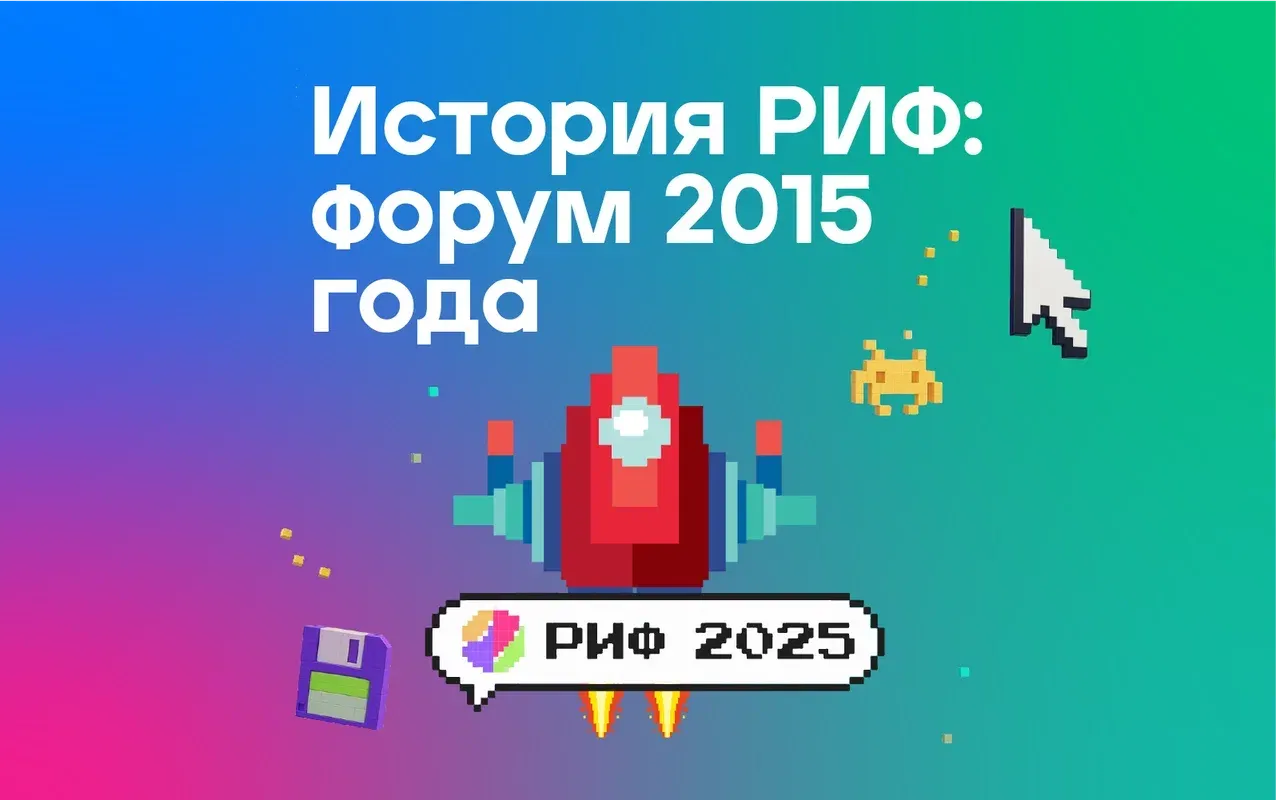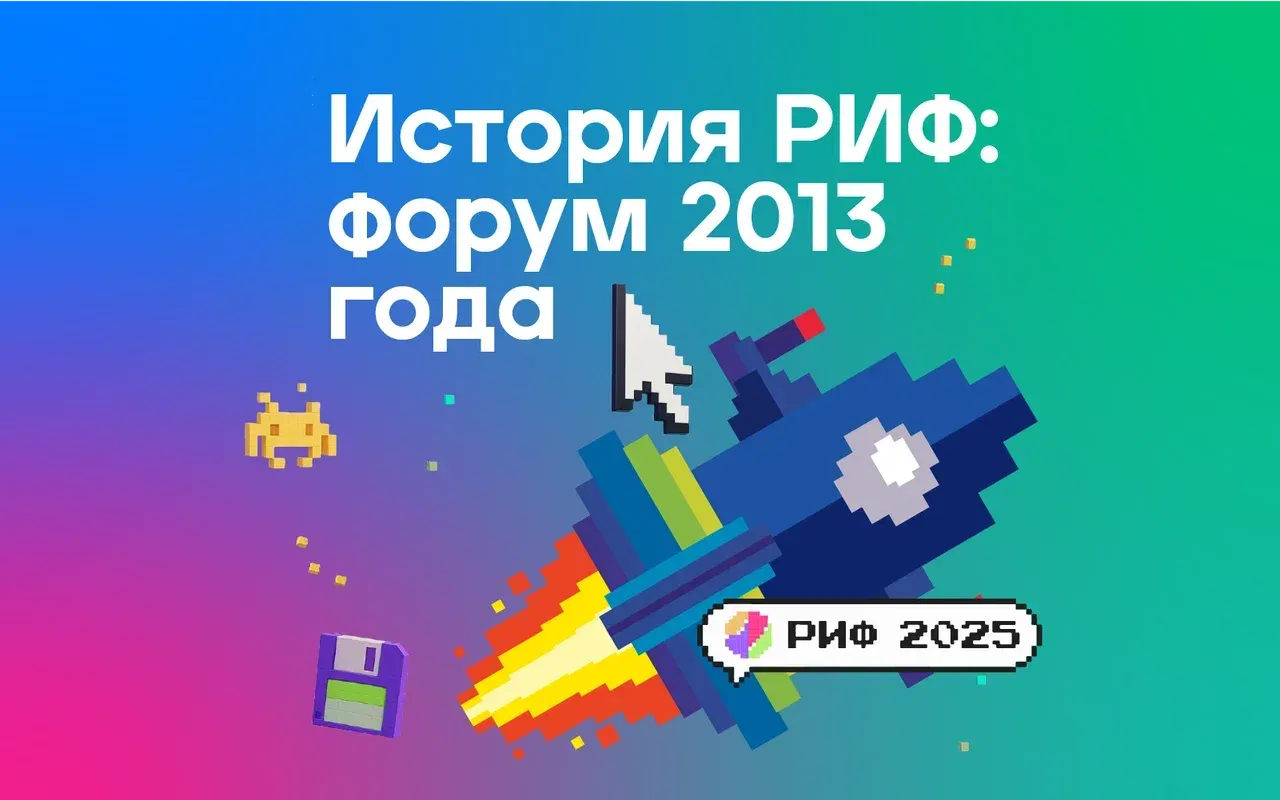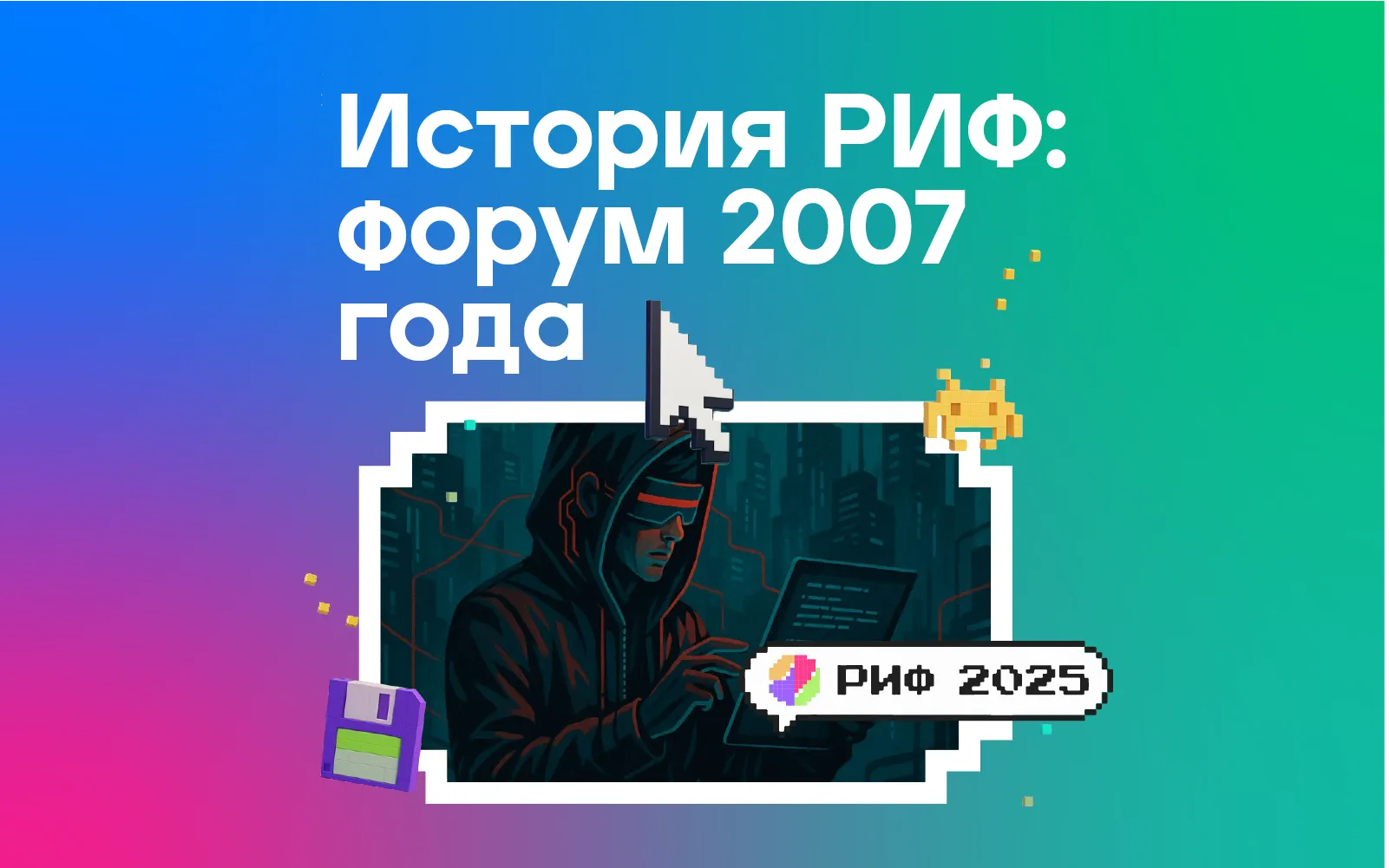RIF 2003: The “Unfashionable” Internet
By the time the seventh Russian Internet Forum convened, expectations were cautious at best. Organizers promised a modernized format, but many participants admitted the internet had lost its novelty and glamour. The new challenge was clear: provide real tools for business, leisure, and communication.

Only for Insiders
Seeking change, the forum moved to a new venue, Lipki, under the slogan “The Internet as a Catalyst for Russia’s Economic Development.” The program committee aimed to shape RIF as a professional hub—“for professionals, by professionals.” The target audience was executives and decision-makers in internet and IT companies, those directly influencing business and technology adoption. To reinforce exclusivity, organizers introduced a steep entry fee of $550 per ticket. The measure worked: casual visitors disappeared, but so did much of the media and entertainment crowd.
The agenda reflected the times. Eleven thematic sections covered payments, marketing communications, customer relationship management, financial and banking services, corporate communications, access provision, IT outsourcing, internet and corporate systems, information services and knowledge management, business–government interaction, and education. Plenary sessions, roundtables, trainings, presentations, poster talks, and master classes filled the schedule. Meanwhile, the informal corridor networking remained as lively and unregulated as ever.
We're Ural dwellers and Came from There
In 2003, RIF found a regional twin. On October 28–29, the first Ural Internet Forum took place in Perm, supported by the Ministry of Communications, the Ministry of Economic Development, local authorities, and major regional businesses. Organized by ROCIT and its partners, the forum was dedicated to “The Internet as an Environment for Interregional Business Cooperation.”
Shaped by local business requests, discussions included not just familiar themes but also region-specific issues like online exchanges and electronic trading platforms. The event marked growing IT adoption and the rapid expansion of the internet audience in the Urals.
Catalyst for Runet’s Development
Still, 2003 brought no triumphant comeback. Attendance dropped to 350, far from the 800 seen in pre-crisis years. Skeptics blamed dashed hopes that the internet would quickly transform Russian business. Optimists pointed to improved participant quality, even if competition from other conferences thinned the field.
Organizational fatigue also played a role. The RIF model no longer satisfied everyone, and new concepts were slow to emerge. Some program sections repeated year after year, despite evolving themes.
Behind the Scenes
Yet RIF 2003 was far from dull. A major point of debate was the dramatic split among Russian internet service providers. In what became the industry’s loudest scandal of the decade, three leading ISPs labeled smaller competitors “second-rate firms,” abruptly breaking long-standing peering agreements.
The fallout was immediate. Second-tier ISPs began routing Russian site traffic through foreign networks, which proved cheaper and simpler than negotiating with the “big three.” But international bandwidth could not handle the surge, leaving many websites inaccessible. For online businesses, switching providers was often the only survival strategy.
There was, however, a silver lining. The crisis hastened the abandonment of barter-based traffic settlements in favor of transparent, taxable market relations—just as the revised telecommunications law recommended.
Growth on a Low Base
The 2003 forum’s slogan—“The Internet as a Catalyst for Russia’s Economic Development”—still sounded more like optimism than reality. Internet penetration remained tiny by international standards, and many forecasts were unrealistic. Most subscribers still used phones only for calls.
An analytical report prepared for RIF estimated Russia’s core internet audience at 6.5 million users, with projections to double within three years. Market players were more cautious, predicting 15–20% annual growth at best.
The most dynamic web segments included law, real estate, construction, travel, consumer goods and services, and careers. Politics, public affairs, and culture—except cinema—were stagnant. At the same time, regional portals grew more visible by catering to local needs and gaining share in local media markets.
Experts concluded that Russia had completed its first phase of internet adoption: bringing already-installed office and home PCs online. Future growth would depend on new hardware purchases—an annual market estimated at just 2 million units.































